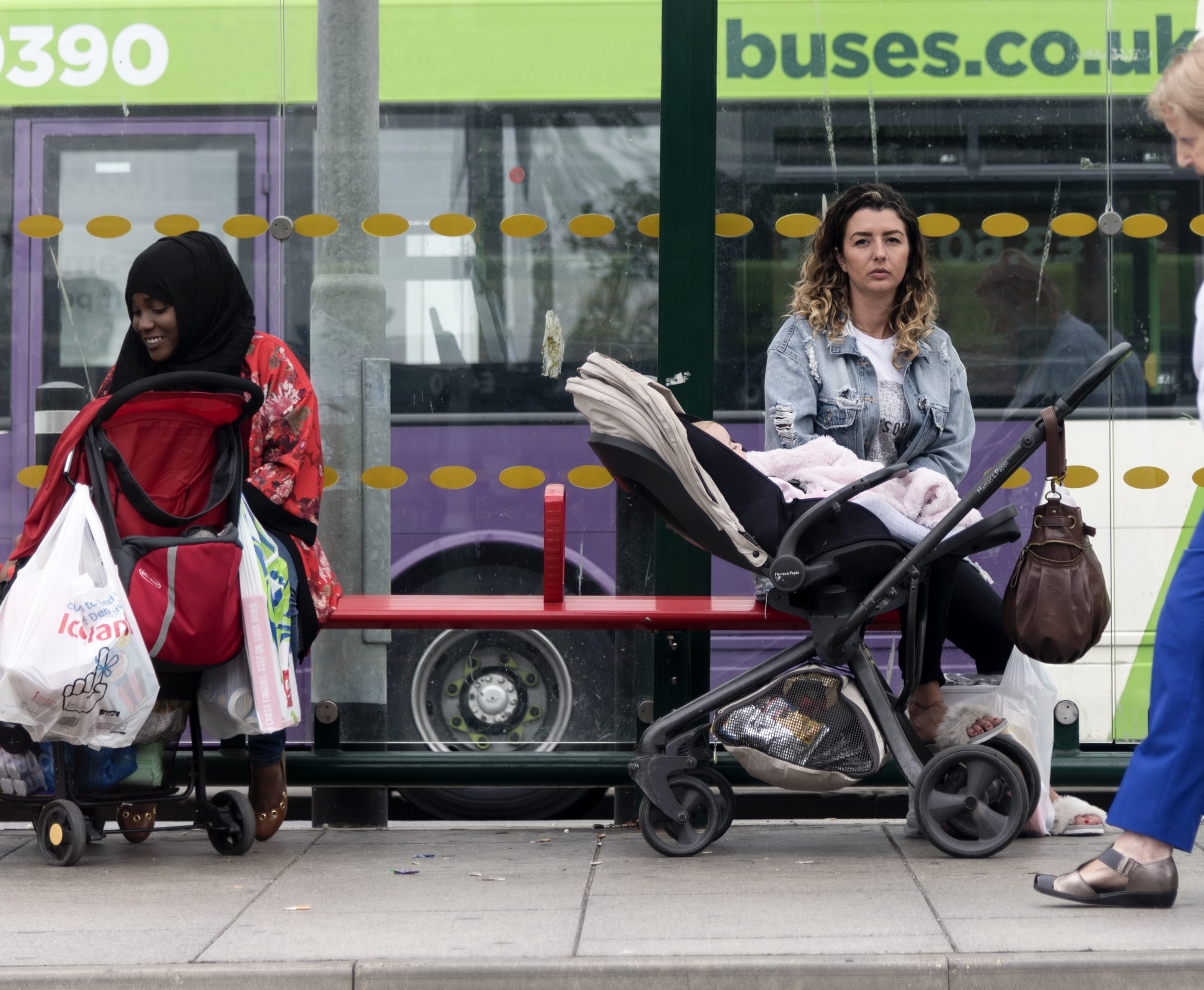Increasingly policy makers around the world have been looking into pathways to encourage women’s participation in the labour market as a way to stimulate growth. In the UK, the newly released Budget 2023 has revealed plans for childcare provision (Department for Education, 2023) that aims to encourage greater labour market participation of women and address gender inequality. The issue of gender inequality is particularly relevant at times of economic and cost of living crises when economic pressures and stagnating earnings are hitting those on the lowest incomes – many of whom are women, especially migrant and minority women (Women’s Budget Group, 2023). The question of female labour market participation is directly related to calls for greater immigration control. For example, research has questioned the positive force of immigration as a way of improving growth in countries with rapidly aging majority populations if it is accompanied by widening gender inequality and worsened position of women in the labour market of host societies (Marois et al., 2020). Although the evidence of the overall contribution of immigration to the UK economy remains strong (Dustmann et al., 2008, Dustmann et al., 2010), the issue of female labour market participation has led to increased regulation of the family reunification route, with strong demands introduced for full time employment and financial viability of the sponsoring partner (Christou and Kofman, 2022).
In the UK, large gaps exist in the employment trajectories of ethnic minority women compared to those of white British women. There are some distinctive patterns of labour force participation of ethnic minority women with Indian, Pakistani and Bangladeshi women having lower rates of activity than white British women, while members of the black group – Black African and Black Caribbean having higher rates of participation (Dale et al., 2006, Wang and Coulter, 2018, Wang, 2018). Yet, more work needs to be done in order to understand generational differences and bring the life course into perspective. We still have little understanding of how inter-ethnic differences evolve over time and what factors might help to close the gaps in employment outcomes. Furthermore, little is known about the position of white migrant women whose motivations for migration, social networks and occupational chances may be different both of those of majority members and other migrant and minority groups (Demireva, 2011, Drinkwater et al., 2009). There have been several calls to produce more longitudinal research in order to understand the integration patterns of women (Tastsoglou and Preston, 2005). This work will fill this important gap and answer the call for more longitudinal and comprehensive investigations (Schieckoff and Sprengholz, 2021).
We use BHPS and Understanding Society survey data from all waves spanning from 1990 to 2020. Our sample comprises young adults aged 18-24, for whom we can reconstruct employment trajectories for 20 years (240 months), that is until they are aged 38-44.
In terms of evolution of the gaps over time, for most of our indicators, the differences between ethnic groups steadily increase over time. For example, Black women spend significantly more time in full-time employment compared to other ethnic groups around mid-point of our observation period and this gap steadily increases over time. On the other hand, Bangladeshi women participate in full-time employment significantly less from the beginning, and this gap also significantly widens over time. Unsurprisingly, almost the opposite mirror image can be observed for the evolution of inter-ethnic differences in family care. Bangladeshi women spend the most time as family carers from early on and the difference between them and women from other ethnic groups widens over time.
Interestingly, for White British women, having any type of education above GCSE level significantly increases the chances of accessing good quality jobs, whereas for ethnic minority women it is only degree-level education that makes any difference in accessing better jobs. This suggests that higher level of education does not have equally beneficial effect for ethnic minority and White majority women.
Apart from education, we are also examining the impact of community level factors, parental background, and family formation patterns to try to disentangle the important differences in labour market outcomes between first and second generation ethnic minority women and White British women.
CHRISTOU, A. & KOFMAN, E. 2022. Gendered Labour. Gender and Migration: IMISCOE Short Reader. Springer.
DALE, A., LINDLEY, J. & DEX, S. 2006. A life-course perspective on ethnic differences in women’s economic activity in Britain. European Sociological Review, 22, 323-337.
DEMIREVA, N. 2011. New Migrants in the UK: Employment Patterns and Occupational Attainment. Journal of Ethnic and Migration Studies, 37, 637-655.
DEPARTMENT FOR EDUCATION, U. 2023. Budget 2023: Everything you need to know about childcare support. https://educationhub.blog.gov.uk/2023/03/16/budget-2023-everything-you-need-to-know-about-childcare-support/[Online].
DRINKWATER, S., EADE, J. & GARAPICH, M. 2009. Poles Apart? EU Enlargement and the Labour Market Outcomes of Immigrants in the United Kingdom. International Migration, 47, 161-190.
DUSTMANN, C., FRATTINI, T. & HALLS, C. 2010. Assessing the Fiscal Costs and Benefits of A8 Migration to the UK*. Fiscal Studies, 31, 1-41.
DUSTMANN, C., GLITZ, A. & FRATTINI, T. 2008. The labour market impact of immigration. Oxford Review of Economic Policy, 24, 477-494.
MAROIS, G., SABOURIN, P. & BÉLANGER, A. 2020. Implementing dynamics of immigration integration in labor force participation projection in EU28. Population Research and Policy Review, 39, 339-363.
SCHIECKOFF, B. & SPRENGHOLZ, M. 2021. The labor market integration of immigrant women in Europe: context, theory, and evidence. SN Social Sciences, 1, 276.
TASTSOGLOU, E. & PRESTON, V. 2005. Gender, immigration and labour market integration: Where we are and what we still need to know. Atlantis: Critical Studies in Gender, Culture & Social Justice, 30, 46-59.
WANG, S. 2018. The Role of Gender Role Attitudes and Immigrant Generation in Ethnic Minority Women’s Labor Force Participation in Britain. Sex Roles, 1-12.
WANG, S. & COULTER, R. 2018. Exploring Ethnic and Generational Differences in Gender Role Attitudes among Immigrant Populations in Britain: The Role of Neighborhood Ethnic Composition. International Migration Review, 0197918318802780.
WOMEN’S BUDGET GROUP, U. 2023. Women and employment
